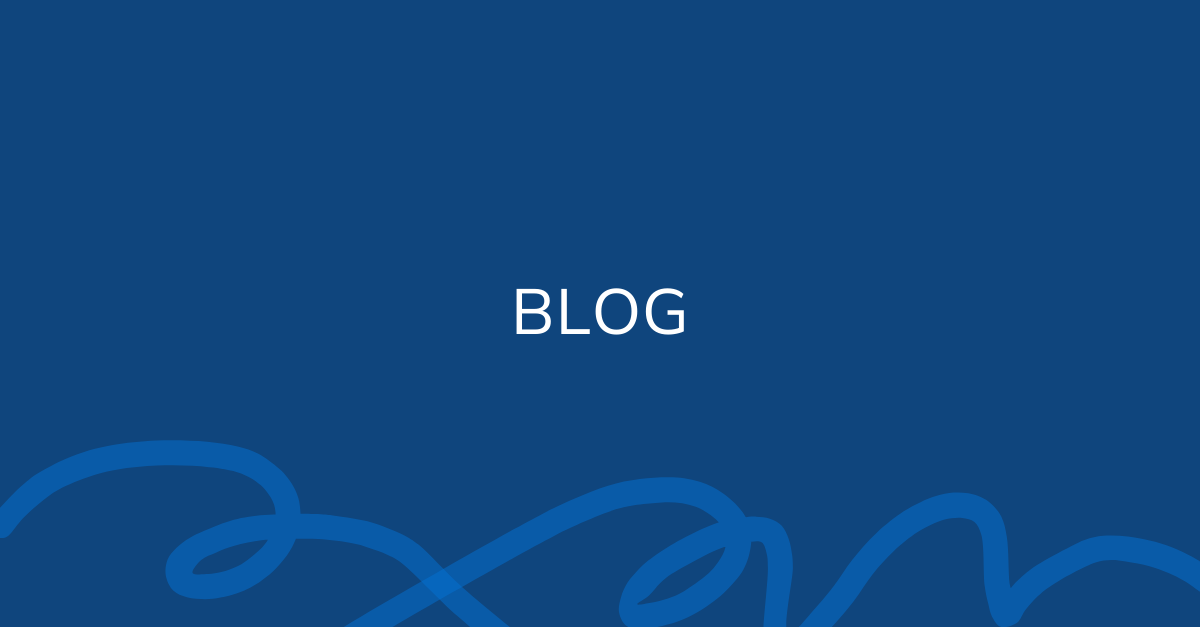
In 2023, Medicare spending on RTM nearly quintupled - going from $2.2 million in 2022 to $10.4 million, but that still only covered 0.2% of beneficiaries. So where’s the real opportunity?
In a recent OneStep hosted webinar, “Redefining Remote Monitoring: The Missing Link of the Care Continuum”, Stephanie Wakeman, DPT, and Alex Bendersky, PT, DPT, explored remote monitoring’s evolving role in physical therapy rehab and digital care, not just as a reimbursement model but as a critical link between patients and providers across the care continuum.
We took some of the most interesting discussion nuggets and posted them below. To listen in on the complete discussion, access the webinar recording.
How do you see RTM growing as a trend in rehab, considering this data?
“RTM is just a vital part of this hybrid platform, hybrid solution, where the legacy providers will have to add a hybrid option for their existing patients. A digital-only care provider will have to build bridges to in-person care providers as well,” said Alex Bendersky.
Stephanie added, “We are really talking about hybrid approaches as an evolution of our care… incorporating hybrid solution and technology into care as we provide it.”
Despite growth in reimbursement, adoption has been cautious. Why?
Alex: “RTM was in vogue 2 or 3 years ago, when it was still new and a novelty… marketed as a revenue generator. The reality is it's so much more than just a revenue generator. RTM is an extension of your traditional care.”
Stephanie: “It's so important to understand your why — from both a personal and professional perspective. Even this episodic ‘why you're exploring something new’ — it kind of just makes me think about Simon Sinek and his book. He wrote a whole book about ‘know your why,’ right?”
How does RTM benefit clinicians?
Alex: “Clinicians, especially in a current fee-for-service model, don't have the bandwidth to oversee the entire spectrum… So having features like RTM-based systems is just a natural extension of your in-person care provision.”
Stephanie: “We're not just going to continue to practice in an evaluation-discharge-come-back-when-you're-injured model, but practice more in a population health type of mindset… and preventative type of mindset.”
One of the biggest questions from attendees was: How do we start if our team is already stretched thin?
Alex: “Why do we need a clinician to set up a remote therapeutic monitoring platform? Technology, by design, is agnostic to your license.”
“A clinician still has to oversee the data and apply patient logic to the data, but it does not have to be a clinician that manages RTM systems from the standpoint of setting it up… explaining it to a patient.”
Stephanie: “It's important to understand different methods… and have an open mindset as to how to delegate… so the licensed clinician can spend their time on what really matters.”
Many worry about older patients struggling with technology.
Stephanie: “I've worked with many, many older adults who surprised me on how well they were able to adopt to utilizing an app on their phone… It may take them a little bit longer to learn it, but once they have it, they actually really enjoy it.”
Clinicians often feel overwhelmed by too much data — or too little.
Alex: “Some clinics just have tables and exercise equipment and no other forms of technology — these are bare houses. Others… are hoarders. Now you can't navigate because there's just so much. That’s excessive data.”
“What you need is furniture that works. That’s what operational data is — the stuff you actually use.”
He challenged clinicians to reframe their own roles:
“Any PT, any OT, any speech-language pathologist is a data scientist. You're trained as one — you just don't label yourself that way.”
CMS updates are just around the corner. What’s the impact?
Stephanie: “We have new codes that are coming out in January… they’ll allow clinicians to capture monitoring time in smaller chunks.”
Alex: “The new codes reduce that step. They lower the point of entry, where it's a lot more accessible for people… It improves the point of entry.”
How does RTM fit within value-based models?
Alex: “RTM solutions are outcome-focused, because outcomes are objective. That acts directly into value-based care provision. And RTM platforms… provide omnipresent access through digital platforms. You don't need energy and effort to make it to an in-person provider.”
Alex left the audience with a powerful analogy:
“I see a digital ecosystem as a train… Whenever you need to receive in-person care, that's the station you step off. But then you step back in the train — and that's your RTM-backed system.”
Stephanie added:
“That metaphor really gives a nice understanding of the continuity… At different points, people are going to need different things. But they still need agency.”
“This has been a really rich discussion… RTM is not just a billing innovation, but it truly is a bridge between transitional care and a patient's real-world experiences.” — Stephanie Wakeman
Watch the full webinar recording to hear Stephanie and Alex delve deeper into best practices, billing strategies, and how to build a scalable, hybrid RTM model that actually works.
And with new RTM changes on the horizon in 2026, keep an eye out for our next RTM blog on what these changes mean, and how to be prepared.